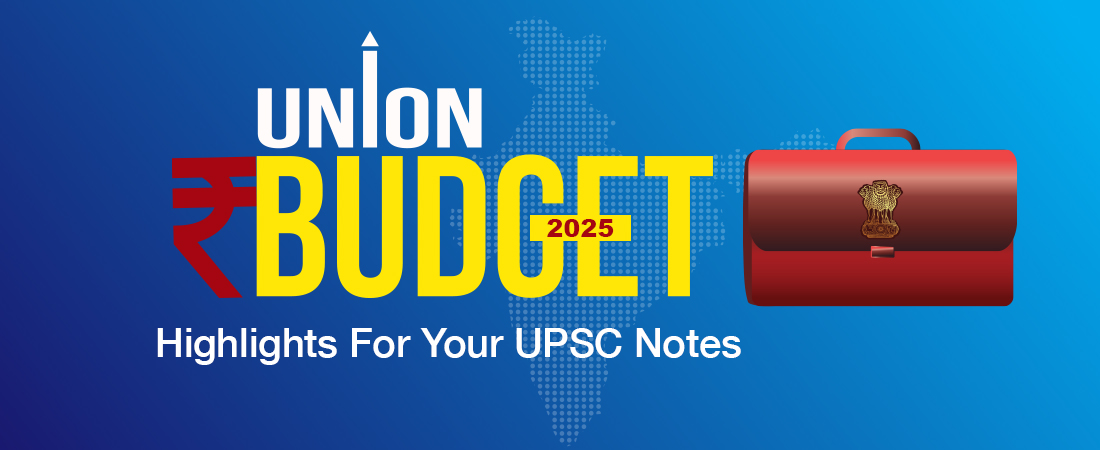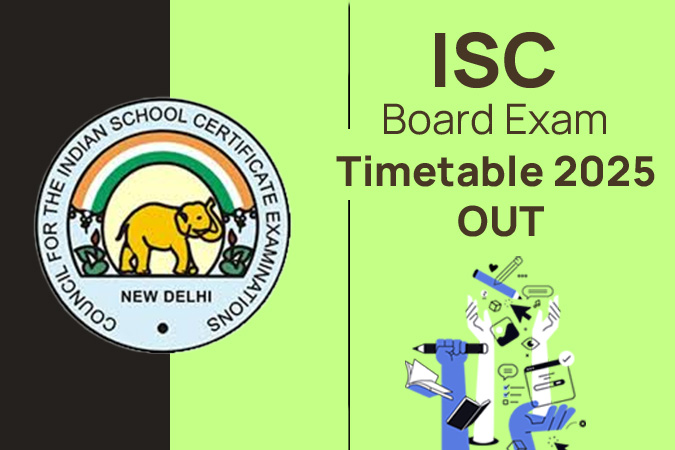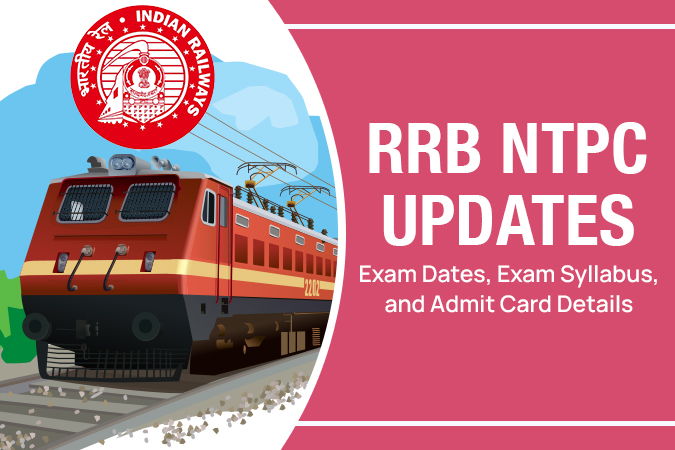
The Union Budget 2025, presented by Finance Minister Nirmala Sitharaman, lays a comprehensive roadmap for economic growth, infrastructure development, and social welfare. With a strong focus on the poor (Gareeb), youth, and women (Nari), this budget aims to drive inclusive growth and foster long-term economic stability. Let’s dive deep into the Union Budget 2025 key highlights, announcements and their implications.
- The budget highlights a strong commitment to poverty alleviation, employment generation, and women’s empowerment.
- Various schemes and incentives will be launched to uplift marginalized communities, students, and women entrepreneurs.
Major Announcements:
- National Mission on High Yielding Seeds: Introduction of high-yield, pest-resistant, and climate-resilient seeds to boost productivity.
- 5-Year Cotton Productivity Program: Focus on increasing cotton yield through better technology and modern farming practices.
- 1.7 crore farmers to benefit from agricultural reforms and financial incentives.
- Kisan Credit Card (KCC) Scheme Expansion: 7.7 crore farmers to receive KCCs with an increased loan limit of ₹5 lakh.
- Special incentives for organic farming and sustainable agricultural practices.
Increased Capital Expenditure for Growth :
- The capital expenditure is set at ₹10.18 lakh crore, focusing on roads, railways, and urban development.
- Greenfield Airports in Bihar: Strengthening regional connectivity and boosting tourism.
- Modified UDAN Scheme: Expansion to 120 new destinations to promote regional air travel.
- India Post to be transformed into a major public logistics organization.
- Massive investment in national highways, expressways, and smart city projects.
Key Highlights:
- ₹10,000 crore Fund of Funds for Startups to encourage innovation and tech-driven businesses.
- MSMEs to get term loans up to ₹20 crore to enhance business expansion.
- Extension of startup incorporation benefits for another five years, giving tax exemptions and easier compliance.
Significant reforms have been introduced to strengthen medical education and healthcare accessibility.
Education Reforms:
- Atal Tinkering Labs: 50,000 labs to be set up in government schools over five years to foster innovation among students.
- Expansion of digital education infrastructure to enhance learning outcomes.
Healthcare Expansion: :
- 10,000 additional medical seats in government institutes.
- 75,000 medical seats to be created over the next five years to address the shortage of doctors.
- SWAMIH Fund: 40,000 housing units to be completed in 2025 for affordable housing.
- Strengthened support for Smart Cities Mission and urban redevelopment projects.
The budget prioritizes tourism as a key driver of employment and economic activity.
Announcements:
- Top 50 tourist destinations to be developed with world-class infrastructure.
- National Geospatial Mission to enhance mapping and land records.
- Second Gene Bank to be set up for food security and agricultural research.
This budget introduces several tax benefits aimed at the middle class while simplifying tax compliance.
Personal Tax Reforms:
- New Income Tax Bill to be introduced for a modernized tax framework.
- No income tax payable on income up to ₹12 lakh.
- Capital gains tax exemption limit increased to ₹12.7 lakh.
- Revised income tax slabs, with the maximum 30% tax rate applicable on income above ₹24 lakh (earlier ₹15 lakh).
- Tax benefit of ₹70,000 on income of ₹18 lakh.
Other Financial Announcements:
- Revised Fiscal Deficit Estimate: 4.8% of GDP.
- Gross Market Borrowings at ₹14.82 lakh crore.
- TCS on education remittances removed to ease foreign education payments.
- Digitalization of tax frameworks to improve efficiency and compliance.
Changes in Tariffs & Duties:
- Social welfare surcharge removed on 82 tariff lines to reduce costs.
- 36 life-saving drugs fully exempted from customs duty for affordable healthcare.
- 9 new handicraft items added to duty-free inputs list to support artisans.
Ease of Doing Business:
- Jan Vishwas Bill 2.0: Decriminalization of 100 provisions to promote business-friendly policies.
- New scheme for determining Arm’s Length Price in international transactions.
- Compliance burden reduced for small charitable trusts to ease operations.
Q1. What is the focus of the Union Budget 2025?
The key focus areas are poverty alleviation, youth employment, and women’s empowerment, along with major investments in infrastructure, healthcare, and taxation reforms.
Q2. How does the budget impact personal taxes?
- No tax on income up to ₹12 lakh.
- Capital gains tax limit increased to ₹12.7 lakh.
- Maximum 30% tax rate applicable above ₹24 lakh instead of ₹15 lakh.
Q3. What are the key agricultural reforms?
- National Mission on High Yielding Seeds to boost productivity.
- Kisan Credit Card loan limit increased to ₹5 lakh.
- 1.7 crore farmers to benefit from new schemes.
Q4. How does the budget support MSMEs and startups?
- ₹10,000 crore Fund of Fundsto boost productivity.
- MSME term loans up to ₹20 crore.
- Tax incentives extended for startups for five years.



